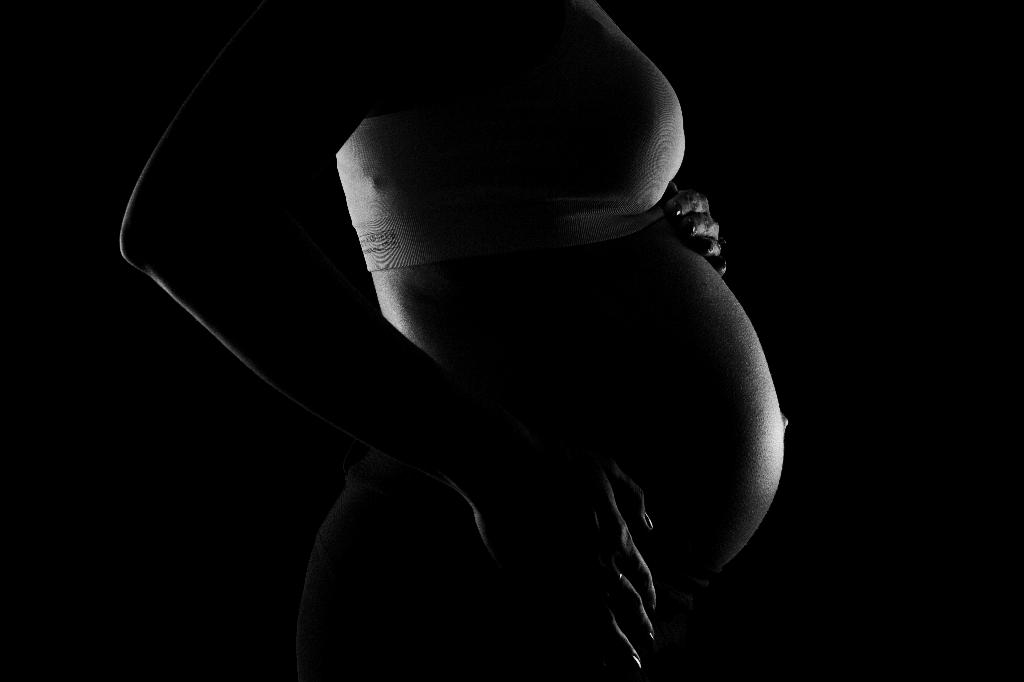One of the common concerns that many expecting mothers may have during pregnancy is the phenomenon known as coning. You might have heard about it or experienced it yourself while engaging in certain activities. But what exactly is coning, and is it normal during pregnancy?
Defining Coning in Pregnancy
Coning, also referred to as abdominal doming, is the visible bulging of the midline of the abdomen during certain movements, such as sitting up or doing crunches. It is commonly seen when the abdominal muscles separate along the linea alba, creating a ridge or cone-like shape in the middle of the belly.
The Causes of Coning
During pregnancy, the growing uterus puts increased pressure on the abdominal muscles, causing them to stretch and separate. This separation is known as diastasis recti, a common condition in pregnancy where the right and left sides of the rectus abdominis muscle spread apart. It is this separation that often leads to the appearance of coning.
Is Coning Normal?
Yes, coning during pregnancy is considered normal and is a result of the changes that the body undergoes to accommodate the growing fetus. It is important to note that nearly all pregnant women will experience some degree of coning at some point during their pregnancy, especially during the later stages.
When to Be Cautious
While coning is a common occurrence in pregnancy, there are instances where it may indicate a more serious issue. If you experience coning along with pain, discomfort, or significant bulging of the abdomen, it is advisable to consult with your healthcare provider to rule out any complications.
Managing Coning
There are ways to help manage coning during pregnancy and reduce its appearance. Engaging in exercises that strengthen the deep core muscles, such as pelvic tilts and abdominal bracing, can help support the abdomen and alleviate coning. It is essential to perform these exercises under the guidance of a qualified fitness professional or healthcare provider.
Preventing Coning
While it may not be possible to completely prevent coning during pregnancy, there are steps you can take to minimize its occurrence. Listening to your body, avoiding exercises that exacerbate coning, and practicing good posture can all contribute to maintaining a strong and supportive core.
Embracing Your Body Changes
It is vital to remember that coning is a natural part of the pregnancy journey and a testament to the incredible transformations that your body is capable of. Embracing these changes with kindness and self-care can help foster a positive mindset and body image during this remarkable time.
Seeking Support and Guidance
If you have concerns about coning or diastasis recti during pregnancy, do not hesitate to reach out to your healthcare provider or a women’s health physiotherapist. They can provide personalized advice, exercises, and support to help you navigate this aspect of your prenatal experience.
Staying Informed
By staying informed about coning in pregnancy and understanding its causes and implications, you can approach this topic with confidence and empowerment. Remember that every pregnancy is unique, and it is essential to prioritize your well-being and seek professional guidance when needed.
Conclusion
In conclusion, coning in pregnancy is a common occurrence that results from the natural changes that the body undergoes to support the growth of the baby. While it is normal to experience some degree of coning during pregnancy, it is important to listen to your body, seek guidance when necessary, and embrace the journey with self-compassion and awareness.

